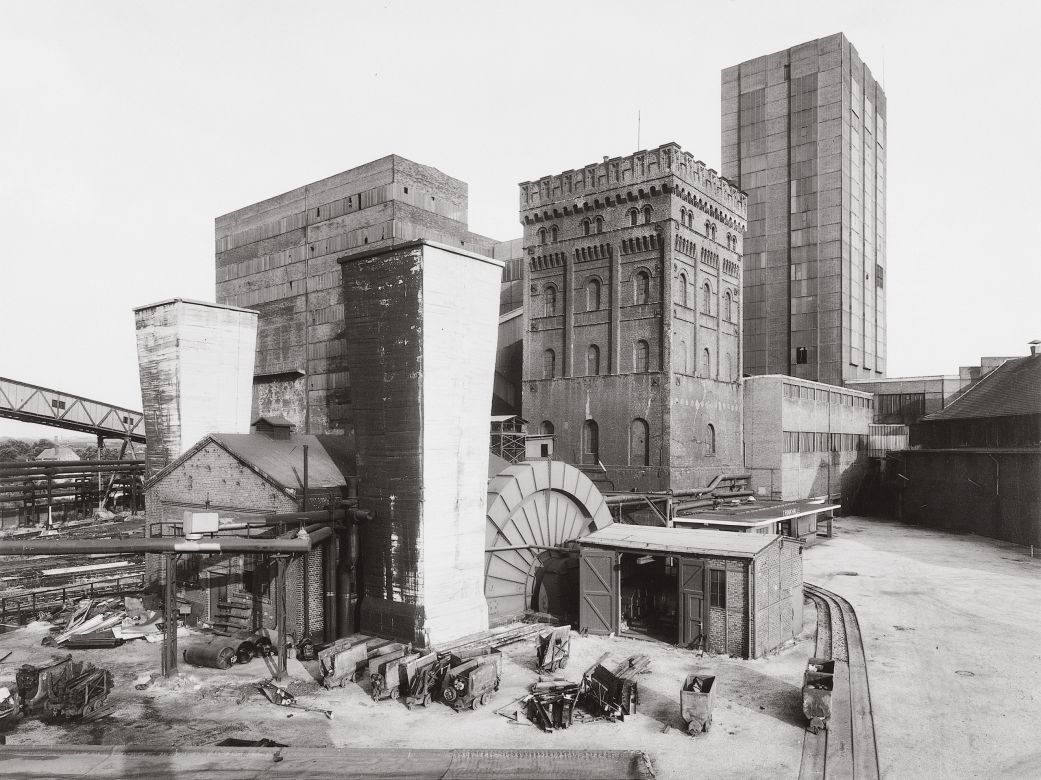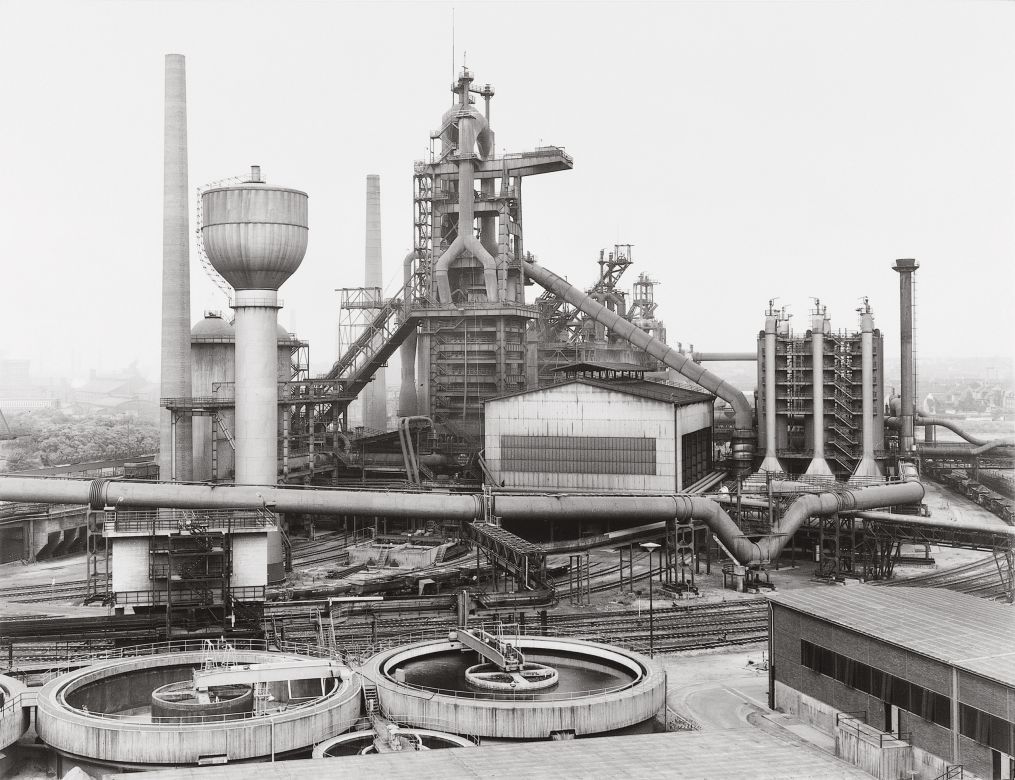Completism
November 14, 2022 Photography Bernd & Hilla Becher Michael Salzman Zofia Rydet Kara Rota
 Bernd & Hilla Becher, Loomis Breaker, Wilkes Barre, Pennsylvania, USA, 1974
Bernd & Hilla Becher, Loomis Breaker, Wilkes Barre, Pennsylvania, USA, 1974
There’s a nice little keyword buried in the recent Photobooth article about Bernd and Hilla Becher, the German couple that collaborated on a lifelong photo project to document industrial infrastructure (emphasis mine):
The Bechers’ methods involved roaming the industrial hinterlands in a VW bus, lugging around both their bulky camera and stepladders that they used to get the perspective just right, and wrangling permission from the occasionally recalcitrant owners of mills, mines, and factories. Their project was, at its heart, preservationist. The industrial landscapes of Europe and the U.S. were fast disappearing, churned under by the forces of technological advancement, economic stagnation, and the beginnings of global labor arbitrage. The Bechers’ work was far from completist—they were artists, after all, not industrial historians—but the exactitude with which they approached their subjects was a form of respect.
“Completist” is a term I’d never heard before, but that immediately makes sense: In an ideal case, any historical record must be whole, must be intact in order to provide an accurate picture.1 I’ve previously pondered if photography can ever fulfill this role: After all, how do you even achieve completeness? A “record” is a big word to grapple with, because when is it ever done?
Consistency is Key


The Bechers are rightfully famous for their subjective style, but I’m even more impressed by their consistency, by them having stuck with the same way of picturing their chosen subject throughout the years.2 Hardware plays a role here: If you’re using the same camera and the same black and white film, when you literally climb on a stepladder to get the perspective just right, differences will flatten into similarities. And if you’re building an open-ended archive, consistency is key.
Perhaps completism isn’t the right way to approach a record at all, perhaps it’s all about the negative space, about what’s being left out: What the choice of motif says about the photographer’s focus at a given moment.
Completism’s Counterpoint
Today I came upon a newsletter called Leeway by Michael Salzman, an American writer who sums up his writing mission with an anecdote about Michelangelo’s statue of David:
As it goes, Michelango was commissioned by the city of Florence to take on the project. And so he worked and worked and worked. After years of toiling away, he finally unveiled it to a crowd in the town square. Awestruck, the people went up and asked him, “Michelangelo, how on earth did you turn a city block-sized piece of marble into this masterpiece?” He didn’t immediately answer—he was sincerely reflecting. And then he simply said seven words: “I just carved away what wasn’t David.”
The story is cute, (it gives me vibes of “This is Water”), but more importantly, Salzman translates it into a mission that I find a handy counterpoint to all notions of completism:
Over time, Leeway will produce a body of work—my sense is it will reveal an insightful through line and I’ll converge on something like an archetype, a focus area to direct my energy toward. I see it as my job to fertilize and nurture an organic process, and know when to get out of the way. To continue carving away what isn’t David.
“Completism”, writes Kara Rota in Dirt, “is the state of being complete as the focus, the collection finished and shelved.” She goes on: “The relief of having seen something through, to death or some other absolute end. Completionism is about the effort, the idea that you can keep on halving the distance and you’ll still never punch the person in the face (a high school physics teacher’s metaphor). A completionist isn’t just a collector or a connoisseur. A completionist hopes that with enough attention to detail, patience, and care, a portal might be opened into a slightly transcendent reality.”↩︎
Interestingly, the Bechers didn’t like their own work described as photography, but preferred them being labeled “as ‘typologies’ and the buildings themselves as ‘anonymous sculpture.’”↩︎